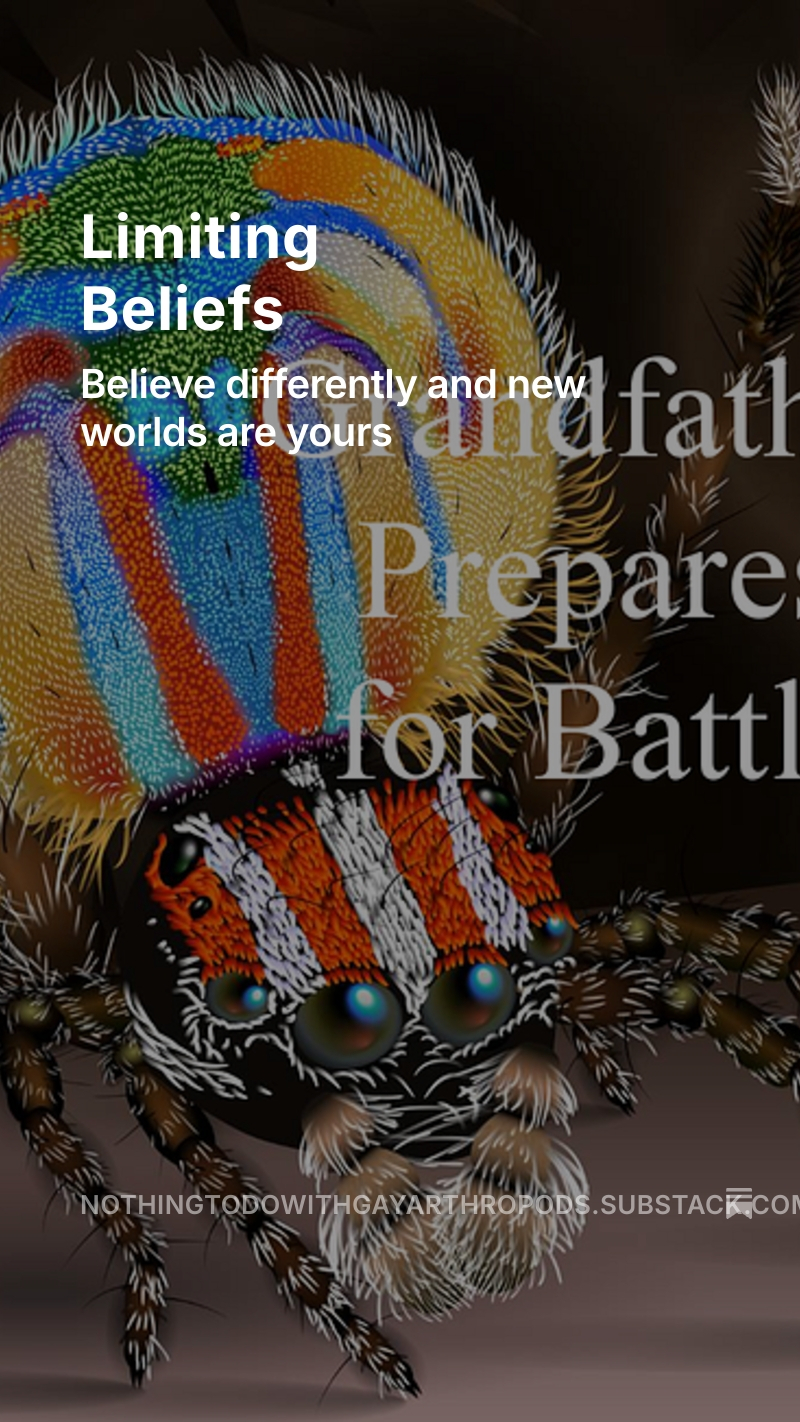Part 1 of this series shared three critical issues to ask any publisher before signing with them:
- Marketing – how would the publisher get word of my book out to potential readers?
- Distribution – how would the publisher get my book into potential readers’ hands?
- Career Development – what would the publisher do to help me become a better author?
This post deals with publisher #3 (whom you met in
- Copyrights – How I got screwed out of $30k because my publisher didn’t fulfill their contract obligations
- “I have an incredible opportunity to share”
- Caveat Emptor – Have I Got a Deal for You!
- And most recently in part 1 of publisher #3’s chicanery, in which I added
Make sure the publisher doesn’t bullshit you. If they lie, exaggerate, or obfuscate, get out! You and your book deserve better!
to the list. Part 3.1 covered:
- It started with one of their authors not quite stating all the facts.
- I was told they use human editors and found out they use machine editing.
- They called the cover I developed with an award winning graphic artist was “weak and cheezy” and then used it.
and A Tale of Six Publishers – Part 3.2 which covered:
- They repeatedly refused to back up their claims with hard numbers (ie, proof of their claims)
- They lied about knowing if a marketing site was worth it (and their lie cost me money. never do that)
- They lied about other authors wanting me to stop sending them emails re cooperative marketing (because my co-operative efforts meant authors were spending their marketing dollars on my suggestions rather than the publisher’s schemes)
Here’s the finale of publisher #3’s bad practices.
Continue reading “A Tale of Six Publishers – Part 3 finale”

